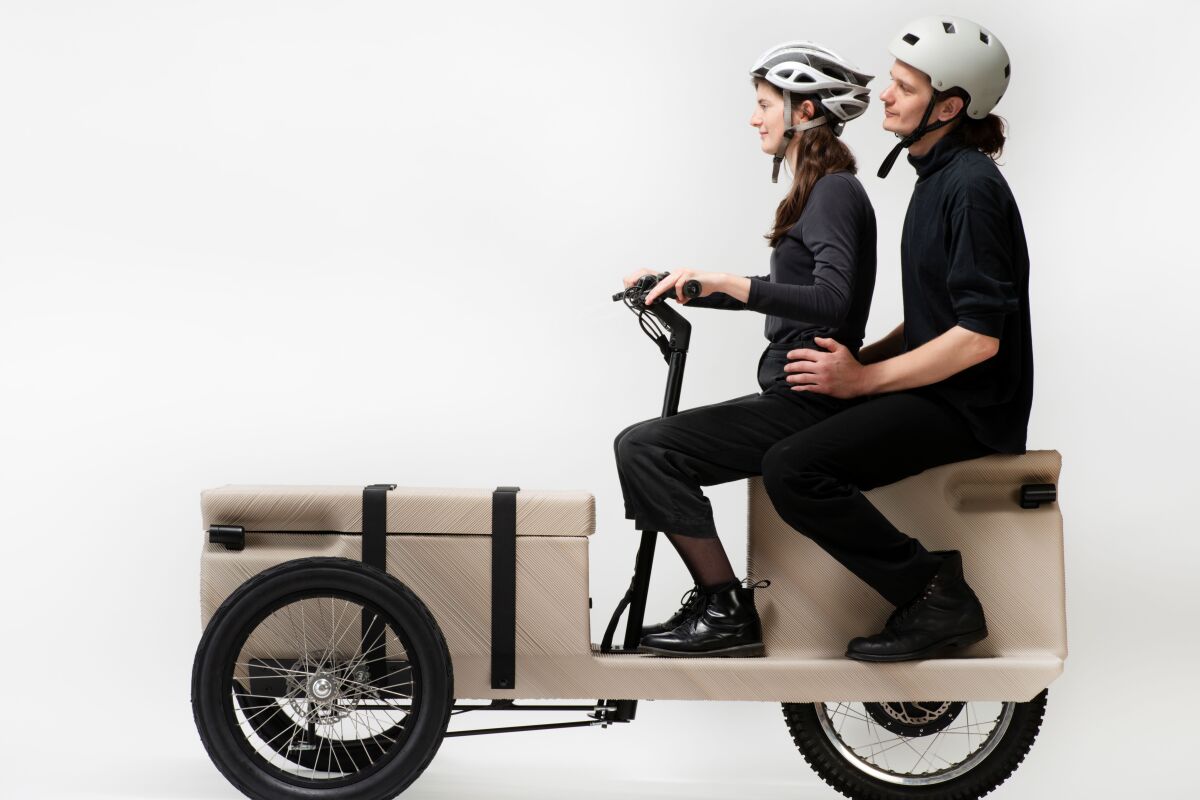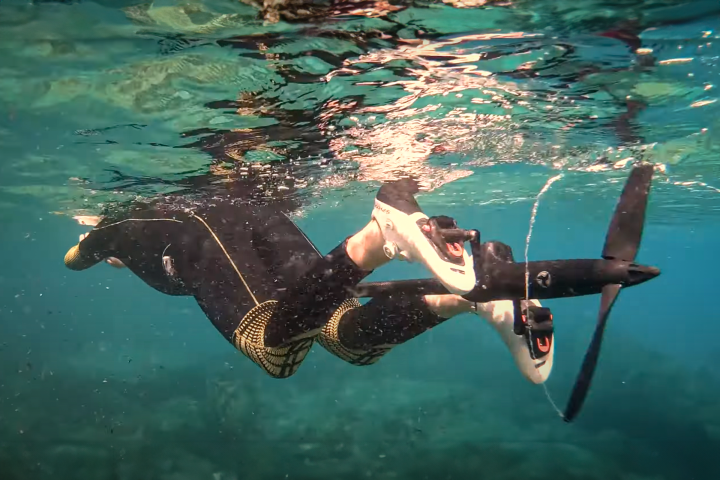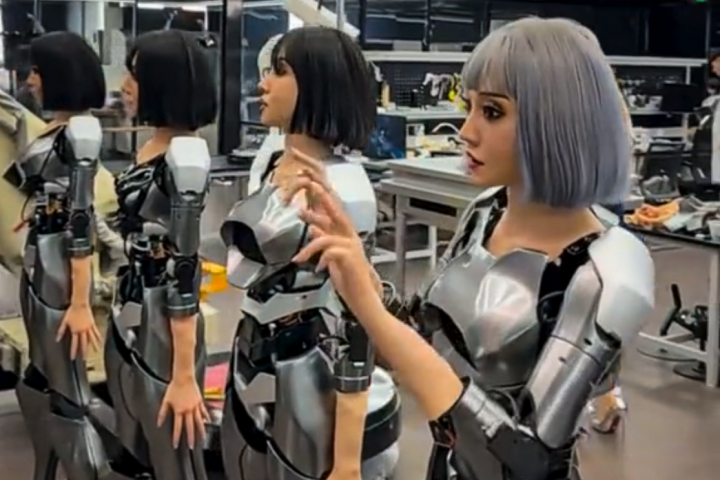Single-use plastic packaging may help keep produce fresh, but subsequently becomes a huge environmental problem when tossed in the trash. Looking to repurpose waste from our throw-away society, a social enterprise/industrial design studio has created an electric cargo trike concept with a chassis 3D printed from supermarket plastic waste.
Plastic waste is a gargantuan problem, with a recent study projecting that 1.3 billion tonnes could be dumped on land and in the oceans by 2040. We desperately need to clean up our act, and there are efforts underway to try and clean up the trash already polluting the environment, as well as projects looking to give plastic waste a second life.

A recent design study from the social and sustainable arm of Austria's EOOS studio puts plastic waste from supermarkets to use for an electric cargo trike called the ZUV – or Zero-emission Utility Vehicle.
Commissioned by the Museum für angewandte Kunst Wien (MAK) for the Vienna Biennale for Change 2021's Climate Care exhibition, the idea was to come up with an e-mobility concept where the chassis could be produced locally and inexpensively, and then components sourced from local bike or moto workshops bolted on to "simplify service, customization, repair, and upgrades."
EOOS NEXT collaborated with Rotterdam's The New Raw research and design studio, which transformed 70 kg (154 lb) of recycled plastic raw material into the cargo bike's body, seating for two and storage box using industrial 3D-printing robots – printing the material at an angle so that almost no supports were need during the process.

A tricycle design was chosen for stability on urban streets or off the beaten track, and the ribbed chassis secured to the trike's frame. The rear wheel is home to an unspecified hub motor for a throttle-only top speed of 25 km/h (15.5 mph), since it's a European concept, but no doubt more powerful motors could be installed where such limits don't apply. The onboard battery offers a per-charge range of 50 km (31 miles).
The ZUV's handlebar column is positioned in the middle of the electric cargo trike, steering the front wheels – each of the three wheels coming with disc braking and thick tires. Recesses in the front and rear of the chassis host tube lighting.
The electric cargo trike measures 62 x 190 x 55 cm (24.4 x 74.8 x 21.6 in), its total naked weight comes in at 100 kg (220 lb), but it can accommodate a laden weight of up to 300 kg (661 lb). The top of cargo box can be strapped on to keep contents secure and dry, or removed when transporting the kids to school.

Though the body of this concept has been 3D printed, EOOS NEXT does say that plastic rotational molding could be employed instead, with the molds potentially welded together to form the whole using sheet metal scraps. However, those involved in the project make no mention of taking the design into production themselves.
The ZUV is part of the Climate Care exhibition at the Vienna Biennale for Change 2021, which runs until October 3.
Source: EOOS NEXT











